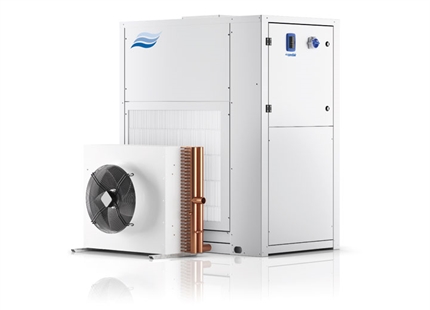Dehumidifiers and humidity control in archives and storage areas
An unsuitable storage environment is one of the most common causes of damage in archives. There are actually four major components that require control to achieve a perfect longterm storage environment; temperature, relative humidity, light and airborne contaminants. Control of light levels and to an extent airborne contaminants are reasonably easy to achieve. Temperature and humidity however are more complex.
Storage conditions with high levels of humidity encourage insect pest activity and the growth of mould. Conditions that are too dry can cause archival materials to become brittle. Therefore it is not only the level of humidity but the stability of the desired condition that is critical. Sudden fluctuations in temperature leading to a change in relative humidity can cause damage to the object. Temperature can also affect the rate of deterioration due to chemical reactions being faster in warmer conditions.
The correct levels of humidity and temperature will depend on what is being stored and expert advice should always be taken on a project-by-project basis. Typically organic materials, such as paper, leather, wood or natural fibres, require a temperature range of 13-20°C with a relative humidity between 35% and 60%. Stability should be better than +/-5%. Inorganic materials can require levels less than 30%RH, as excess moisture can cause corrosion and rust.
It is often believed that heating is the best way to control the relative humidity in an archive facility. However, whilst the relative humidity may be changed by an increase in temperature, there is no reduction in the moisture content of the air. Heating alone is both ineffective as an archive humidity control strategy and costly. By choosing the correct dehumidifier for a storage archive, the energy saving compared to heating can be as high as 60%.
The geographic location of the site, as well as the artefacts in storage will determine the selection and implementation of a correctly sized humidification and dehumidification package. Control of relative humidity is directly linked to the control of temperature so a temperature control of +/-2 °C or better should be the target.
Humidity control sensors should also be carefully considered. Most commonly used HVAC sensors have an accuracy of +/-4% at best with a hysteresis of typically up to 2 times the accuracy, resulting in overall control accuracy of around +/-7.5%. Speed of response and sensing location are important factors. Sensors that respond to a change in humidity within less than 30 seconds are desirable.
It is typical that each archive store is treated with a stand-alone humidity control system, as each store can require slightly different conditions. This results in a larger number of smaller packaged systems. Large central HVAC systems can be used if the whole building is looking after all one type of artefact.
-
Items made from organic material, such as paper, wood and textiles, will react to changes in humidity and physically change shape. Repeated change as the relative humidity fluctuates will cause structural damage to the item. Additionally, being organic there is a high risk of mould formation at higher humidity levels.
With inorganic items, such as iron or steel, the rate of corrosion (rust formation) is directly proportional to the humidity level. The rate of corrosion can be up to six times greater at 90%RH compared to that at less than 50%RH. -
The ideal humidity will be dependent on two aspects, the objects being stored and the temperature range of the store. For organic items, such as paper, wood and textiles, the ideal will be between 35 and 60%RH within a temperature range of 13 to 20°C. For inorganic items, like metal, the lower range of 35 to 50%RH would typically be ideal. However some metal artefacts may require humidity levels below 20% to prevent corrosion.
-
Heating alone will not keep an archive dry. Whilst it will certainly reduce the relative humidity it does not reduce the absolute humidity. Absolute humidity is the mass of water per unit volume of air.
To “dry” an archive it is necessary to reduce the absolute humidity by physically reducing the quantity of water in the air. This can only be achieved by use of a dehumidifier. Heating alone has a much higher running cost.
Use of a dehumidifier will typically result in a 60% reduction in energy consumption compared to direct space heating. -
There are two main types of commercial dehumidifier - condensing and desiccant.
Condensing dehumidifiers operate well provided the store temperature is above 20°C and typically less than 35°C. Humidity levels above 45%RH up to 95%RH are achievable with this technology. Low relative humidity, less than 40% is more difficult to achieve with condensing dehumidifiers. This type of system has an overall control accuracy of around +/-10%RH. Condensing dehumidifiers either require a drain connection or daily maintenance to empty the condensate tanks.
Desiccant dehumidifiers have a much wider range of operation in terms of temperature, -30°C to +40°C and relative humidity 0-100%. They can achieve much lower relative humidity levels, at less than 10%RH if required, and provide a much more stable overall control, typically +/-2%RH or better. There is no need for a drain connection but a ducted wet air vent is required, to exhaust the moisture externally away from the area being treated. -
This will depend on lots of factors, including the type of materials in the archive, the geographic location, the size of the area, acceptable tolerance, temperature and volume of air exchange. Small mobile evaporative humidifiers are economic but have a low control accuracy, high maintenance and are not suited to large areas.
Electrode boiler steam humidifiers are a more professional solution, either as part of a ducted HVAC system or mounted directly in the room. They typically offer control accuracy of +/-7.5%RH. Resistive element steam humidifiers have a higher capital cost, but provide +/-3% control or better, and have lower spares and maintenance requirements.
Benefits of Condair humidity control in archive storage:
- Extensive experience with many leading archives around the world
- Comprehensive product range of humidifiers and dehumidifiers
- Low energy and low maintenance solutions
- Comprehensive service, including design, installation & maintenance
- Create the optimum environment for perfect preservation

Condair Inside
Get expert advice on archive dehumidifiers and humidity control

PODCAST: HOW TO SIZE & SELECT A DEHUMLearn the important things to consider when approaching a commercial dehumidifier project.

Free 10-point guide to specifying dehumidifiers
Download your free 10-point guide to specifying dehumidifiers and get an easy-to-follow overview for planning dehumidifier projects.
It covers system design, dehumidifier selection & sizing, drying psychrometrics, energy saving and much more.
You may also be interested in...
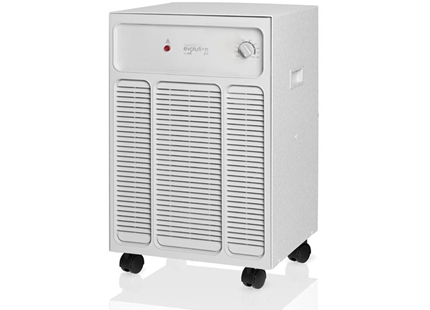
Evolution D165 mobile dehumidifier
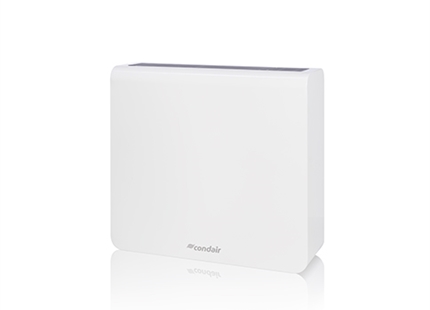
Condair DC wall and ceiling mounted condensing dehumidifiers
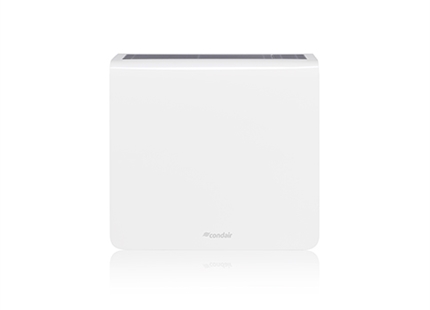
Condair DP swimming pool dehumidifiers
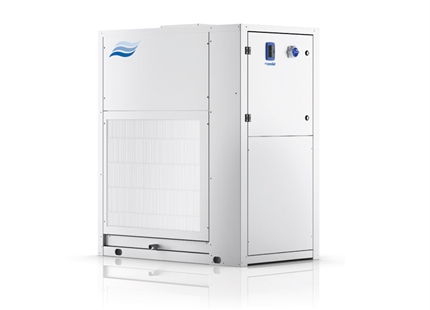
Condair DC-LT low temperature condensing dehumidifier
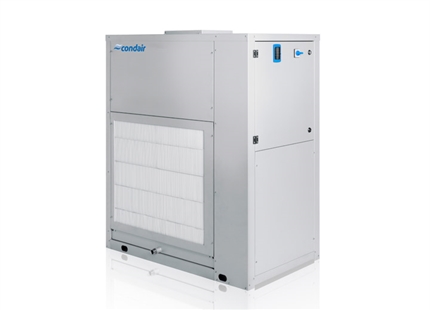
Condair DC condensing dehumidifiers
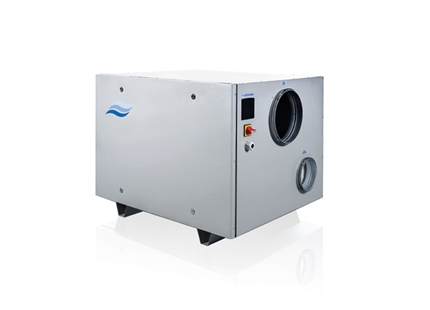
Condair DA desiccant dehumidifiers
